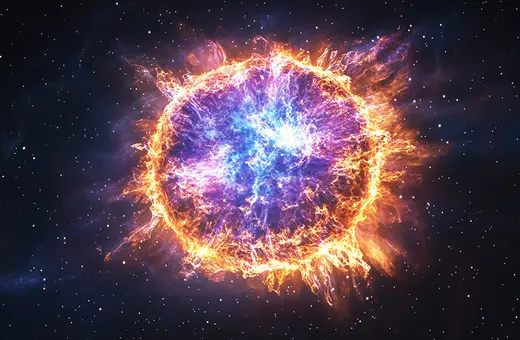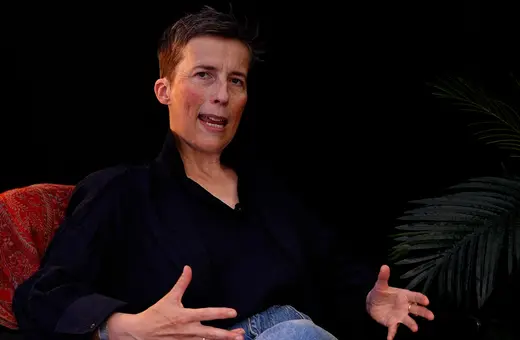Seventy-five years ago the distinguished physicist Erwin Schrödinger published a celebrated book entitled What is Life? Despite dazzling advances in biology since, scientists still don’t know what life is or how it began. There is no doubt that living organisms are in a class apart, almost magical in their amazing properties. Yet they are made of normal matter. Just in the last few years, the secret of life is finally being revealed, and the missing link between matter and life comes from a totally unexpected direction. The discovery looks set to open up the next great frontier of science, with sweeping implications for technology and medicine. It also holds the tantalising promise of uncovering fundamentally new laws of nature.
Remarkably, What is Life? appeared at the height of the Second World War. Schrödinger had fled his native Austria to escape the Nazis and, after a brief sojourn in Oxford, settled in Dublin at the invitation of the Prime Minister, Eamonn de Valera, accompanied by both his wife and mistress. Ireland was a neutral country, so Schrödinger felt free to pursue his academic work, unlike many of his scientific colleagues who assisted the Allied war effort. Schrödinger was one of the founders of quantum mechanics, the most successful scientific theory ever. It explained at a stroke the properties of atoms, molecules, subatomic particles, nuclear reactions and the stability of stars; in practical terms it has given us the laser, the transistor and the superconductor. For de Valera, Schrödinger was quite a catch.
Away from his normal environment, Schrödinger permitted himself to explore new interests, turning his attention to biology. Quantum mechanics is notorious for being hard to understand. Yet for all his brilliance in crafting this esoteric branch of physics, the nature of life baffled him. Indeed, like many of his contemporaries, including Einstein, he thought that understanding how life works is a much tougher proposition than understanding quantum physics.
___
“Living things seem to possess innate purposes”
___
The problem of what makes living organisms tick has puzzled some of the best minds in history. The philosopher Aristotle put his finger on a key property two-and-a-half millennia ago. Living things seem to possess innate purposes or goals. It would make no sense to describe an atom or the moon as striving to achieve something, yet organisms behave this way all the time, battling for survival, seeking out mates, exploring new environments. Aristotle introduced the term ‘teleology’ to describe the tendency of living things to be drawn towards a future goal.
With the advent of the modern scientific era in the seventeenth century, physicists found no place for teleology. Isaac Newton envisaged a clockwork universe in which every particle of matter moved precisely in accordance with fixed universal laws, without regard to any destiny or purpose. Thus there opened up a vast chasm between physics and biology. So given that both non-living and living things are made of the same sorts of atoms, whence comes the inner drive of organisms?















Join the conversation